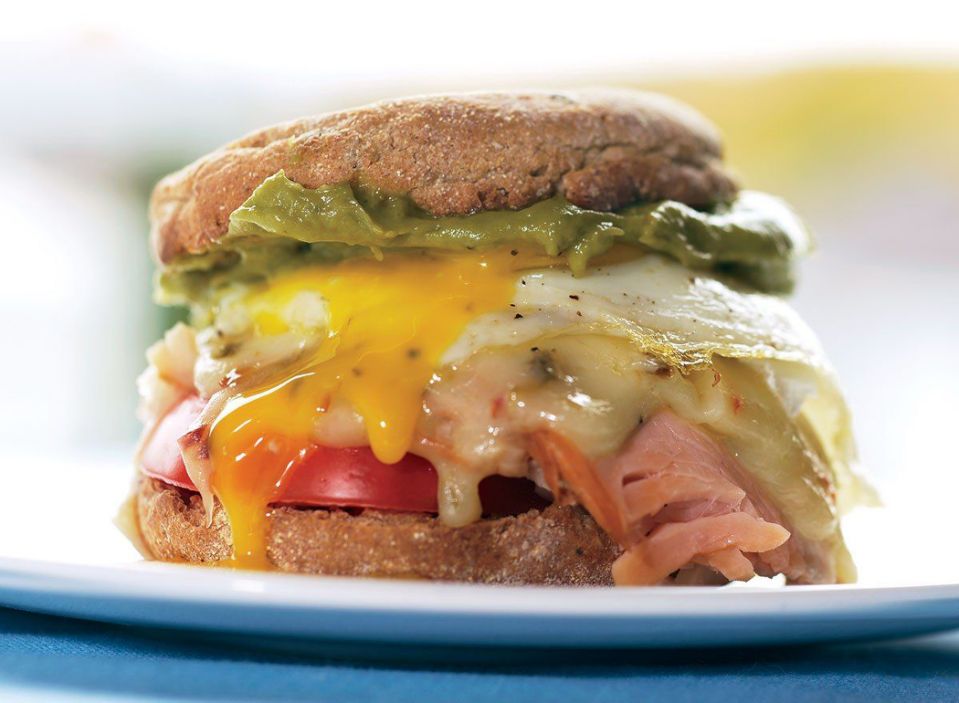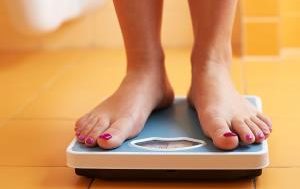They say breakfast is the most important meal of the day, and if you’re trying to slim down, that’s especially true. The question is, what foods should you be eating to kick-start your day—and your metabolism? Ultimately there really is no one-size-fits-all breakfast. Experts say that your ideal breakfast will largely depend not only on your unique dietary restrictions and preferences, but also on your lifestyle—including your activity level, your work schedule, and other factors as well.
While research has provided conflicting information about the link between breakfast and weight loss, a 2020 study published in the Endocrine Society’s Journal of Clinical Endocrinology&Metabolism revealed that people who eat a big breakfast (and smaller dinner) may burn twice as many calories as those who eat a small breakfast and larger dinner. Researchers concluded that people who fill up at breakfast can not only reduce their overall body weight but also ward off metabolic diseases.
Breakfast not only helps you to maintain a healthy weight, but it also keeps your appetite in check and supplies your body and brain with energy to carry you through your morning demands. It’s also an important opportunity to meet your daily recommended values of certain nutrients.
The truth is, what makes one person feel satisfied at breakfast time might not meet the needs of another. Since there’s no one-size-fits-all formula for this meal, we talked to two experts to get their recommendations for a variety of different lifestyles. And for more healthy eating tips, check out our list of 21 Best Healthy Cooking Hacks of All Time.
1
If you’re super active or have a physically demanding job.
Whether your work is physically taxing or you regularly engage in high-intensity exercise, experts say that it’s important to opt for a breakfast that contains both protein and carbs—protein will help you to rebuild muscle from the day before, while carbohydrates build up your storage of glycogen to fuel you through today’s physical demands.
“If you’re really active but still trying to lose weight, you want to balance controlling your calories while still replenishing your body before or after a workout,” says Amanda A. Kostro Miller, RD, LDN, a member of the advisory board for Smart Healthy Living. “Don’t be afraid of carbs!”
Sean Allt, a nutrition coach with Innovative Fitness, agrees that someone who’s physically active needs more carbs than the average person who’s more sedentary.
“Slow-digesting carbs like whole grains or steel-cut oats are best for you since they help provide a steady supply of energy for hours after consumption, as opposed to the spikes and crashes that come with more refined and sugary carbs,” he adds.
Allt suggests making a homemade breakfast sandwich on whole-grain toast, or an omelet with a small side of steel-cut oats. Allt also highly recommends incorporating a serving of vegetables into your breakfast—ideally two different colors at each meal (for example, tomatoes and spinach in the omelet).
2
If you’re a busy mom who’s constantly on the go.
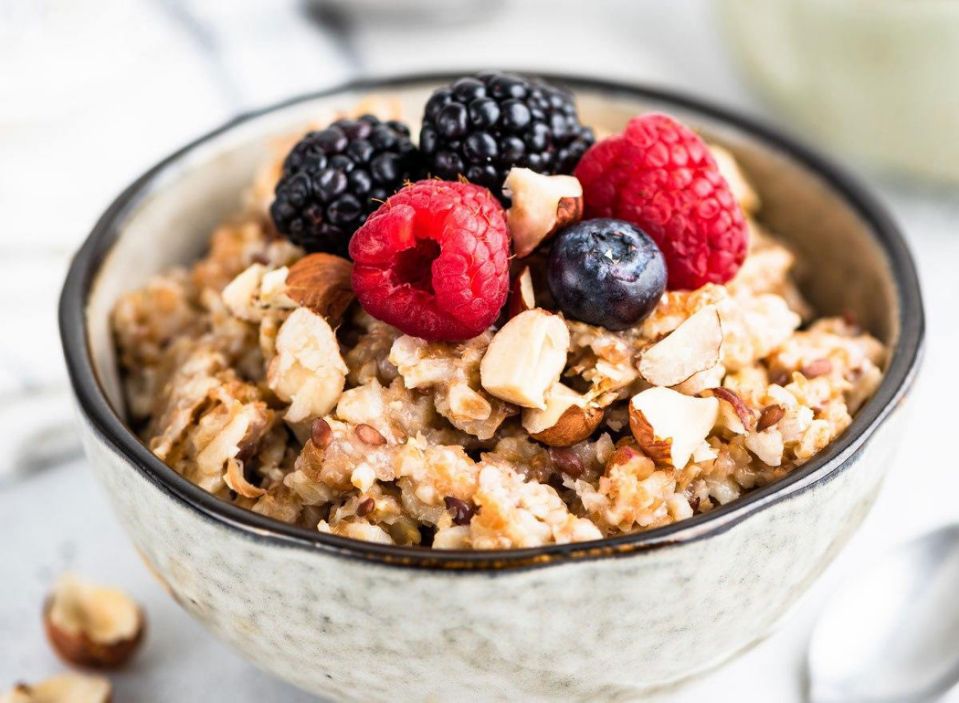
Busy moms need a breakfast that will enable them to keep up with the kids—as well as drive them to baseball practice, power through grocery shopping, help them with their homework, and take care of their countless other responsibilities.
“Easy, quick breakfasts would be great for this group,” says Miller. “It has to be something that gives them both quick and lasting energy to battle fatigue.”
Allt suggests a well-balanced smoothie—which you can sip on while getting the kids ready for school and take on the go while running errands. His go-to recipe includes 1 cup of frozen or fresh fruit, 2 handfuls of greens, 1 to 2 tablespoons of nut butter, 2/3 cup of Greek yogurt (or protein powder with no more than 5 grams of carbs), and 1 cup of low-calorie liquid (like water, iced green tea, or almond milk).
Miller says you can also whip up some oatmeal with nonfat milk (or a non-dairy alternative), and add 1 to 2 tablespoons of nuts or seeds and fresh fruit, or you could even add a dollop of plain Greek yogurt with 1 to 2 teaspoons of honey. Feel free to wash it all down with coffee or tea, too—Miller says there’s no shame in a little caffeination given your hectic lifestyle.
3
If you sit at your desk all day.

Having a desk job can pose many challenges to weight loss—like the temptation to constantly snack at your desk.
“When you’re preoccupied with other things (like working away on your computer) it’s easy to consume a bunch of extra calories without realizing it if you have food handy,” explains Allt.
That’s why, even though your job is somewhat sedentary, experts agree that it’s still super important to eat enough protein, complex carbs, and healthy fats—as this combination will ensure you feel full up until lunch.
“These nutrients give you sustainable energy to stay focused and will digest slowly throughout the morning,” adds Miller.
If you have enough time to cook in the morning, Allt recommends combining scrambled eggs with mixed veggies and 1 tablespoon of guacamole (or avocado) on a whole wheat wrap. Or, if you’re more pressed for time in the morning, Miller says you can pack a breakfast power box to take with you to work. While you can definitely customize this option to fit your preferences, Miller proposes including 2 tablespoons of nuts or seeds, one hard-boiled egg, and 1 to 2 servings of fresh fruit for fiber (banana, apple, or 1 cup of blueberries).
Here are 91+ Best Healthy Breakfast Recipes to get you started.
4
If you rarely get a lunch break.

People who work long days with little break time to eat in the afternoon need a breakfast that will stick with them for as long as possible. According to Miller, the answer is combining protein, fat, fluid, and fiber.
For example: consider a serving of low-fat Greek yogurt (for protein) with chia seeds (for fat and fiber).
Or make oatmeal (for fiber) with low-fat milk (for protein) and 1 to 2 tablespoons of nut butter or nuts (for fat). Then, add a serving of fresh fruit for minimal calories and lots of satiating fiber and fluid.
Feel free to enjoy a cup of tea or coffee with your breakfast, as Miller notes that caffeine can have slight appetite-suppressing effects. Still, she says it can also be dehydrating—so be sure to wash everything down with a large glass of water, which will also help to fill you up.
“If you need a meal that will help you feel satisfied for an exceptionally long period of time, lean protein and healthy fats are your best friends,” says Allt. “They are slower to digest than carbs and help keep you feeling full for longer.”
Allt’s top choice for this lifestyle is a three-egg omelet or tofu scramble with 3-4 ounces of another protein (such as leftover chicken sausage or ground turkey), a couple of handfuls of vegetables, and an additional fat source (like half an avocado or about 15 to 20 grams of cheese).
5
If you don’t have an appetite in the morning.
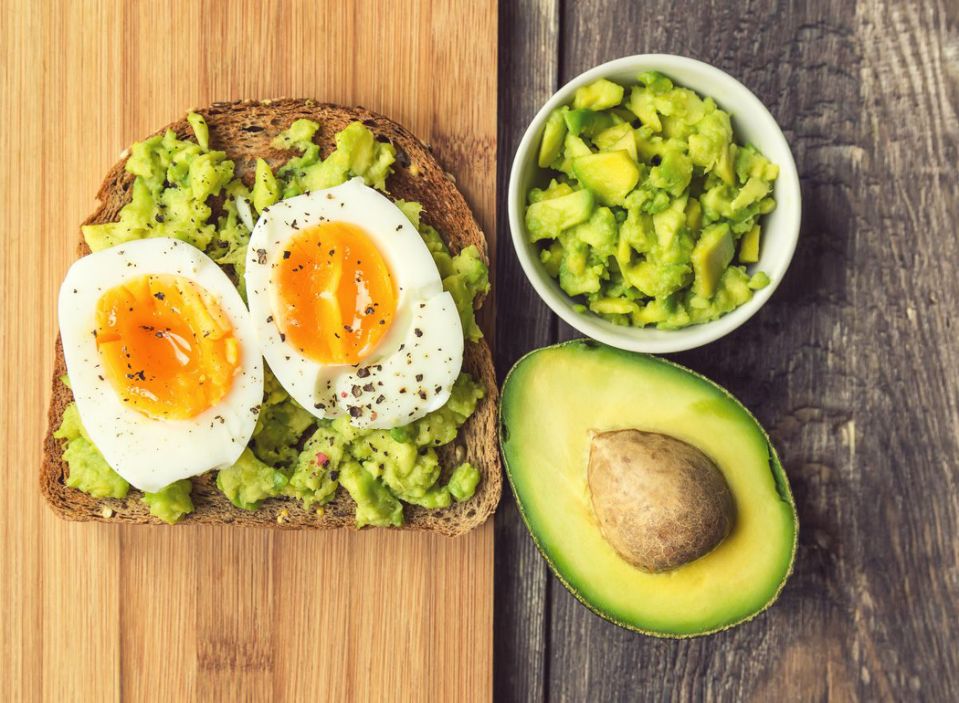
If you don’t have much of an appetite in the morning, Miller says it’s fine to hold off on eating until your natural hunger cues in—unless you take prescription medication that you need to take with food. Once you feel ready to eat, she advises making a well-balanced meal that includes 20 to 30 grams of protein, 1 handful of slow-digesting carbs (or 1 slice of whole-grain bread), and a serving of veggies and healthy fats.
However, if you need to have breakfast before work because you know you won’t have time to eat for a while, Miller says it’s best to opt for something small and easily digestible. For example, you could try a hard-boiled egg with 1 slice of whole-grain toast or 1/2 an avocado, a banana with nut butter, or a veggie and fruit smoothie.
6
If you work out in the morning.
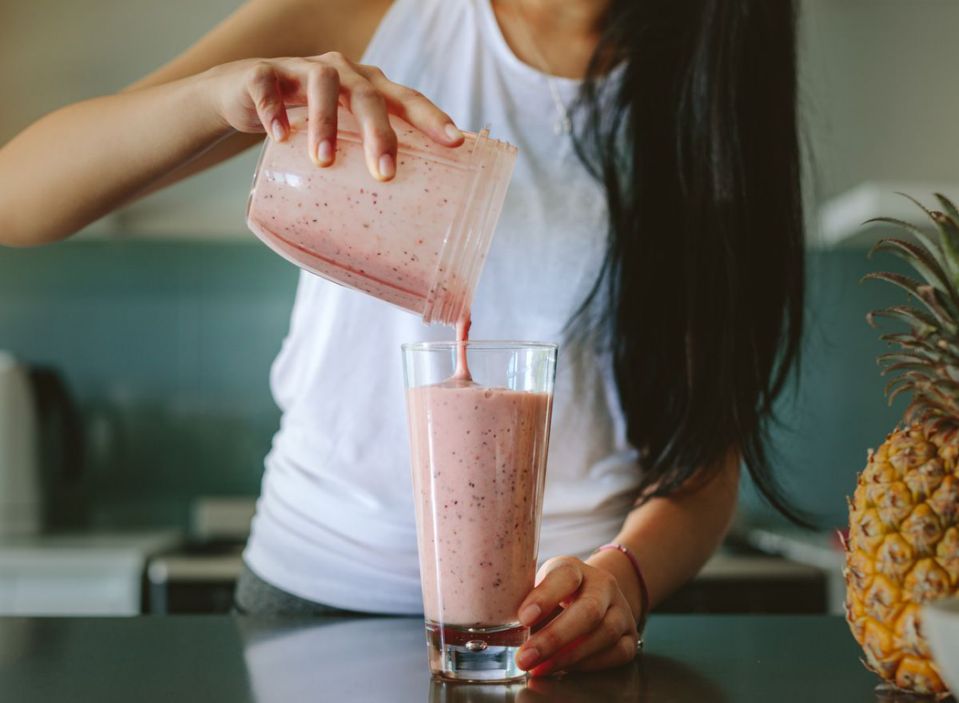
Whether you like to go for a morning run or you regularly hit an early yoga class at your local gym, it can be difficult to figure out whether you should have breakfast before or after exercising. There’s no right or wrong strategy here, but when you choose to eat will inform which foods you should go for.
If you fuel up prior to your workout, Miller advises eating at least 45 minutes to an hour beforehand and making sure your meal consists primarily of easy-to-digest carbs. Ideally, it should be low in fiber as well as fat so you can avoid feeling crampy or gassy during the workout. With that in mind, she suggests an English muffin with a little jam or a fruit smoothie.
“Fruit can be good to eat before you work out,” Miller explains. “It contains natural sugars for energy and water to keep you hydrated. If you’re sensitive to FODMAPs (plant-based substances that can cause gas and GI symptoms in select people), opt for low-FODMAP fruits like bananas, grapes, blueberries, and raspberries.”
On the other hand, if you’d rather wait to eat breakfast after a workout, Miller says your breakfast should be full of foods that can replenish glycogen stores and rebuild damaged muscle fibers. Within 30 to 90 minutes of exercising, your carb-to-protein ratio should be 3:1 or 4:1—so, if you had 20 grams of protein, pair it with 60 to 80 grams of carbs.
“Some people find that they perform at their best on an empty stomach, while others feel that their workouts are lackluster without a decent amount of fuel to get them going in the morning,” says Allt. “It’s about figuring out what works best for you.”
If you’re new to exercising in the morning, Allt recommends blending up a well-balanced smoothie (with protein, fruit, veggies, and healthy fats), and sipping half of it before your workout followed by the other half post-workout. You could try one of our 27 Best Immune-Boosting Smoothie Recipes to get you started.
“This is a pretty safe strategy in that it will help prevent the feeling of having zero energy while simultaneously preventing you from feeling weighed down by a full stomach during your workout,” he says.
